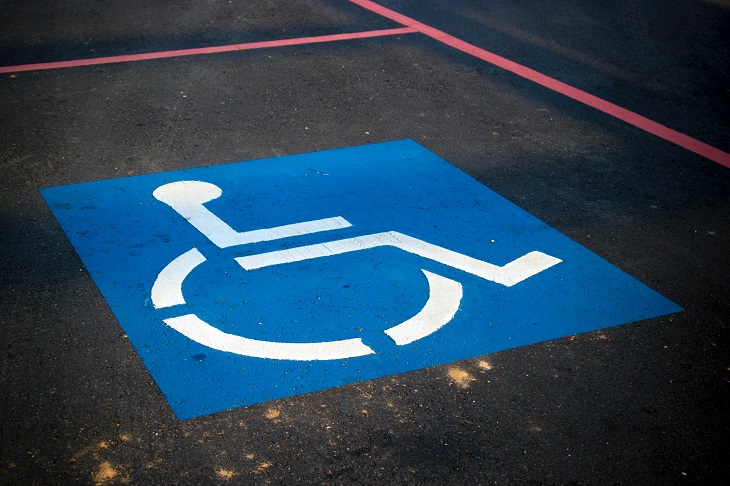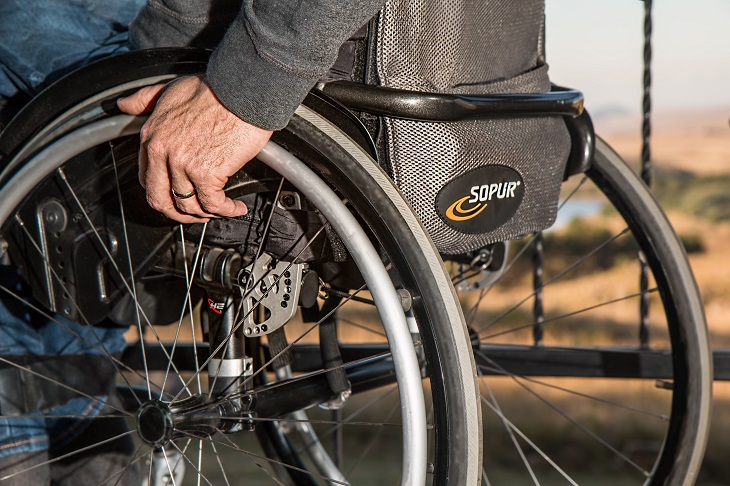Those who have a disability are sure to recognize the benefits of an AL disabled parking sticker. If you have reduced mobility due to your medical condition, and regularly drive a vehicle, you’ve no doubt noticed that some parking spaces are not suitable for you. Rather than having to walk across big parking lots from your car to the store, or maneuvering your vehicle into awkward positions only to have difficulty getting out of the driver’s seat, consider applying for an Alabama handicap parking placard. Let’s learn how to get a handicap sticker in Alabama.
How to get a handicap sticker in Alabama: a guide
The first thing to consider when you decide to apply for your handicap tag Alabama is the type of medical condition you have. If you have a serious, long-lasting disability but are still able to drive, chances are you qualify for a permanent placard. A temporary ailment that is likely to be short-term will instead qualify you for a temporary placard, which will be valid for a maximum of six months.
Aside from disabled parking placards, disabled parking plates are also available to disabled drivers, in addition to organizations which regularly transport disabled passengers. Placards are only available for disabled drivers themselves – you cannot apply for a placard for yourself under the premise that you will be the regular driver for someone who is disabled.

Qualifying conditions for an AL disabled parking sticker as per the Alabama State Department of Revenue include:
- Cannot walk two hundred feet without stopping to rest
- Cannot walk without the use of, or assistance from, a brace, cane, crutch, another person, prosthetic device, wheelchair, or other assistive device
- Are restricted by lung disease to such an extent that the person’s forced (respiratory) expiratory volume for one second, when measured by spirometry, is less than one liter, or the arterial oxygen tension is less than 60 mm.hg on room air at rest
- Use portable oxygen
- Have a cardiac condition to the extent that the person’s functional limitations are classified in severity as Class III or Class IV according to standards set by the American Heart Association
- Are severely limited in their ability to walk due to an arthritic, neurological, or orthopedic condition
Handicap parking permit application in Alabama: the process
If you have one of the qualifying conditions above, even if it is temporary, you’ll qualify for a disabled parking permit. However, other conditions may also make you eligible, and should be discussed with a licensed state physician. You will need to complete a medical consultation as part of your application, as the process requires a physician’s certification. Dr Handicap can help you to organize your consultation online.
Prior to your consultation, you should complete the Application for Disability Access Parking Privileges (Form MVR 32-6-230) with your personal details. The form also includes further information on the application process, in case you have any doubts or questions. The short consultation will involve a conversation surrounding your medical history as well as condition at present. If the physician decides that you meet the requirements for a placard or plates, they will sign off on your application.
You will need to give this completed form to your local county licensing office with the relevant fee if applicable (there are fees associated with parking plates, but placards are free).

How many handicap tags can you have in Alabama?
Temporary placard holders may only possess one tag at a time. Permanently disabled drivers may have one plate for each vehicle they own, as well as a permanent disabled parking placard. If no disabled parking plates are required, the driver may request an additional (second) Alabama disabled parking placard.
If you need to replace a handicap tag due to damage, loss or theft, there is a section dedicated to this on the same application form you initially used. Simply complete the section at the end of the form with the relevant details and follow the instructions provided.
It’s important to remember to use your handicap tag correctly. Make sure it’s clearly visible when occupying disabled parking spaces by hanging the placard from your rearview mirror, or laying it on the dashboard. Always remove it when driving, in case it obstructs your vision.
We hope this guide has been useful for you, and that you are now clear on the process of how to get a handicap sticker in Alabama. If you need assistance with your application, make sure to reach out to Dr Handicap – we’ll be able to answer any questions you may have!
Featured image by Zach Searcy on Unsplash







